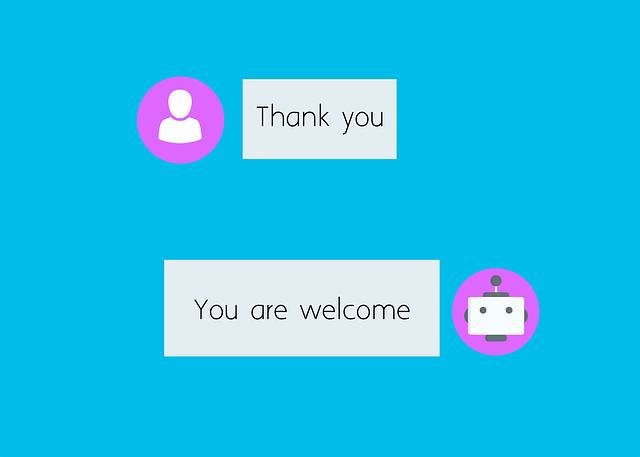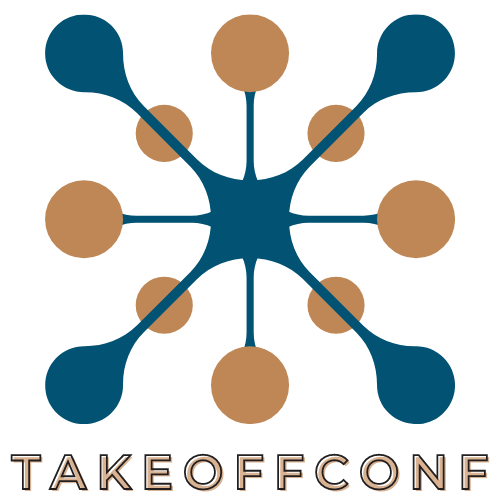Since the advent of the Internet and e-commerce more than 20 years ago, business and economic growth have increasingly taken place online, and resolutely digitally. Whatever the sector of activity, product, or service sold, nothing escapes dematerialized presentation and sale, including physical goods.
This well-established web paradigm calls for a set of practices and methods to maximize organizations’ performance. These include a set of web-based marketing and sales concepts, as well as the most advanced technological solutions. Among the tools that can be mobilized are two key elements of digital commerce: chatbots and marketing automation, which can be perfectly combined. Here’s an overview of the possibilities offered by these two interesting options.
A Chatbot: An Effective Tool at Every Stage of Your Sales Tunnel
Let’s take a look at how to build a chatbot and deploy it in the most effective way for your organization. Before we do, let’s define chatbots as precisely as possible, and see how they can be a perfect ally for your marketing and sales teams.
A Simple Definition of a Chatbot
A chatbot is a computer program. More precisely, as its name suggests, it’s a robot whose main function is to exchange information with a human interlocutor. Over the years, the way these robots operate has become as close as possible to the way humans interact with each other, bringing fluidity and performance to their interventions. Chatbots can be mobilized for an unlimited number of interlocutors, 24 hours a day, 7 days a week.
The Basic Operating Principles of a Chatbot
Natively, the platforms that enable chatbots work with algorithms that draw on databases and knowledge to provide the answers the chatbot needs. This means that, prior to deployment, the chatbot’s source databases need to be populated, and the chatbot needs to be parameterized to ensure consistent conversation scenarios. In concrete terms, this means linking the questions formulated by human users to the right answers and information on the machine side. This upstream configuration is central to the smooth operation of the service to be provided by the robot. Without it, the added value is considerably reduced, if not totally nullified: the chatbot must be at the service of users and provide a genuine service.
How to Build a Chatbot Today, and What to Base It on?
To build a chatbot today, you don’t need to embark on necessarily heavy investments or insurmountable technical work. A number of platforms offer packages that include all the code and tools you need to quickly and easily deploy such functionality for your website or mobile app. Just as content management tools are based on existing frameworks, so you don’t have to reproduce every line of code in a program you already know, there are ready-made solutions for chatbots. They mobilize a common base and structure for simpler, faster installation and configuration, in any type of context.

How Can Artificial Intelligence Help These Tools?
In recent years, a finer mastery of artificial intelligence has enabled us to rethink the way we feed and generate responses to the robots that interface with prospects and customers. The arrival of tools such as ChatGPT has even made it possible to envisage fluid and effective interactions between humans and robots, in terms of both form and content. A real turning point for what promises to be the future of pre-sales consulting and sales relations, in the broadest sense, on the web.
Marketing Automation, or How to Halve the Burden of Your Marketing Operations
To fully understand the link between chatbot and marketing automation, we need to define the latter.
Marketing automation consists of a set of practices designed to recover and enhance data relating to a contact. It’s made in order to subject them, according to their own journey, to a set of content designed to lead them to become a customer. This content can be pages, videos, email marketing campaigns… all adapted to the stage the person is at a given moment, in their reflection on the problem solved by a service or product. All the mechanisms that will lead contacts to progress towards purchase, by offering them calibrated content, are automatic. They are programmed according to precise scenarios based on contact data and the recorded behavior of visits, clicks and content consumption.
How Can the Alliance Between a Chatbot and Marketing Automation Make a Valuable Contribution to a Marketing and Sales Strategy?
In addition to serving as a relevant and efficient interlocutor for web users who request it, a chatbot can also become a genuine marketing and sales tool. Indeed, thanks to the functionalities that enable it to conduct an exchange, it is able to collect a whole range of information about its interlocutor. With just a few simple questions, it can retrieve a complete range of qualifying data to feed a marketing and customer relations database. Last name, first name, contact details, preferences between two products, interest in one or more services… the chatbot can ask anything. Thanks to it, it’s possible to see people progress through the consideration phases of the product or service being sold, and thus transform a simple contact into a warm prospect, or even a customer.
Once the lead has been qualified, chatbots can be used to trigger sales operations, exposing them to personalized messages and getting them to buy.
In this way, the chatbot plays several roles, from collecting and qualifying leads to converting them into sales at the other end of the conversion tunnel.
Even after the sale, the chatbot can intervene by identifying existing customers and offering them advice, usage, or even additional sales services.
By going beyond its primary function as a knowledgeable interlocutor, the chatbot opens up exciting prospects for marketing and sales teams worldwide. Gone are the days of obsolete chatbots that can only redirect users to an FAQ or a contact email. The possibilities offered by today’s technical solutions mean that there are no limits to the use of such a tool. Its ability to qualify leads and convert prospects into customers makes it an invaluable asset.

